Some things, like fine wine and artisanal cheeses, seem to get better with age. But not everything follows suit—as we age, some sewing tasks can become more difficult. Savvy manufacturers have designed some tools specifically to help those with ongoing needs and challenges.
Seam Guide
If you find stitching lines easing toward wobbly, get help from a magnetic seam guide that simply snaps into place on the machine’s throatplate. Abut your seam edges for perfectly placed stitching lines. Look for one with both curved and straight edges for versatility.
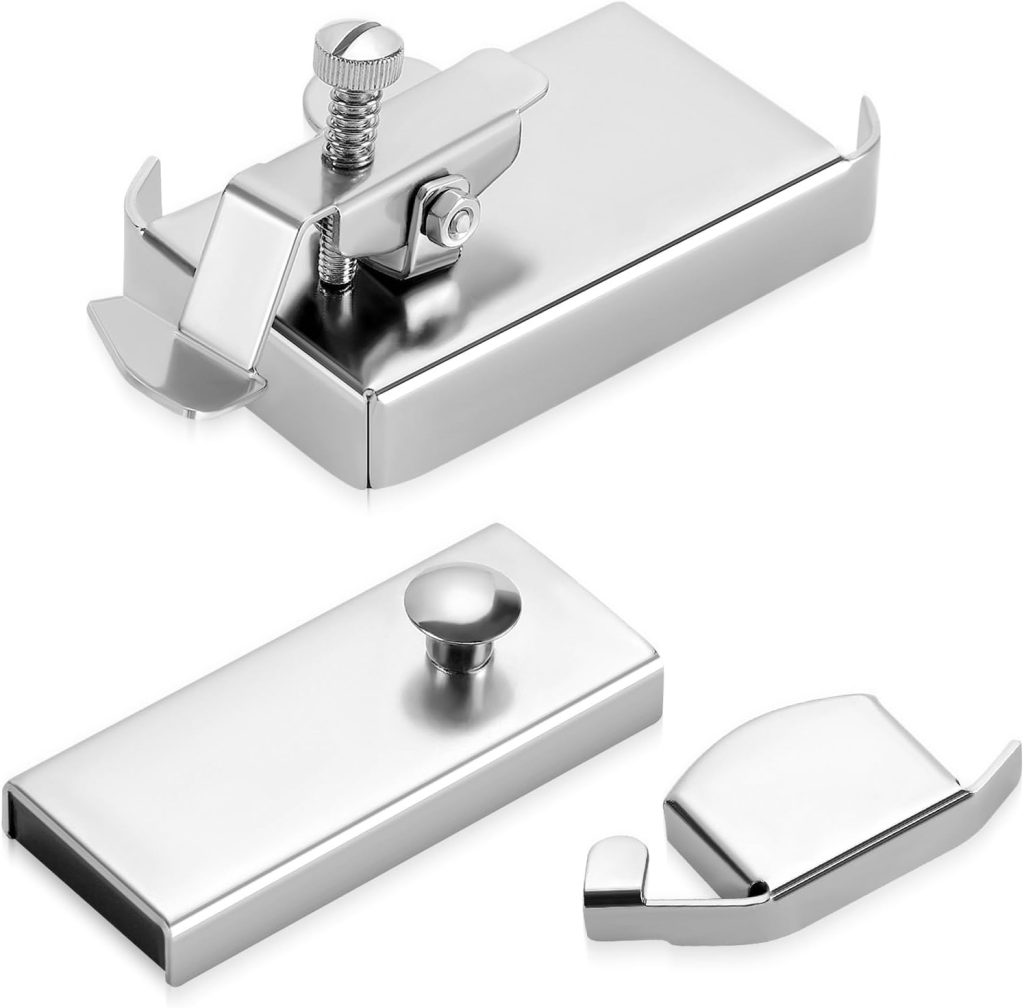
Threading Needles
Perhaps one of the most challenging tasks as we age is threading needles—whether hand or machine. But, there’s help for that as well with a variety of types of needle threaders. Choose a sturdy wire looped device to fit easily through the eye of your hand needle or check out a table-top model.
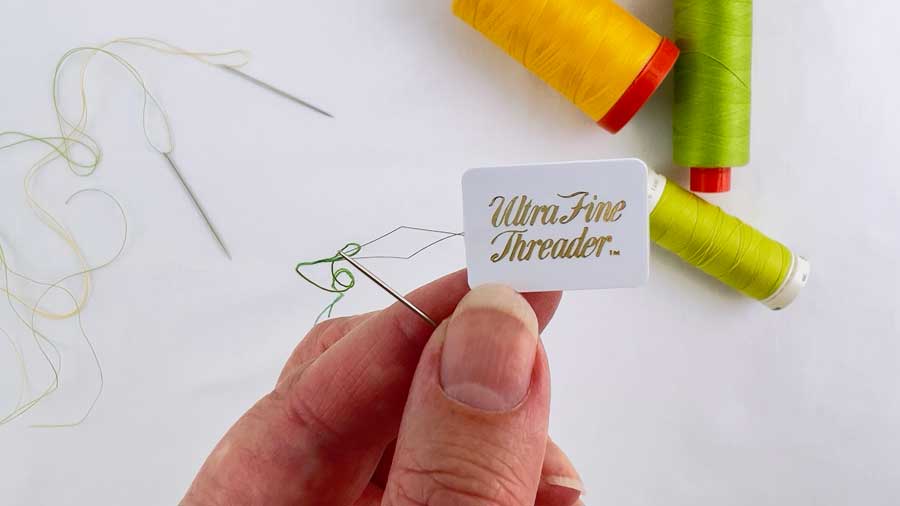
Many modern sewing machines come with built-in needle threaders, so put pride aside and use it to effortlessly pull that strand through the eye. Or check out a slotted “Quick Threading” needle to avoid the threading process all together—just pull the thread into the slot by feel.
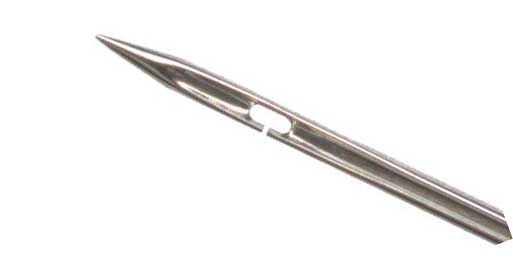
Make it Big
For help with threading manually or with a threader, invest in a magnifier that easily attaches to the machine front and has a flexible neck for positioning where you need the magnification.
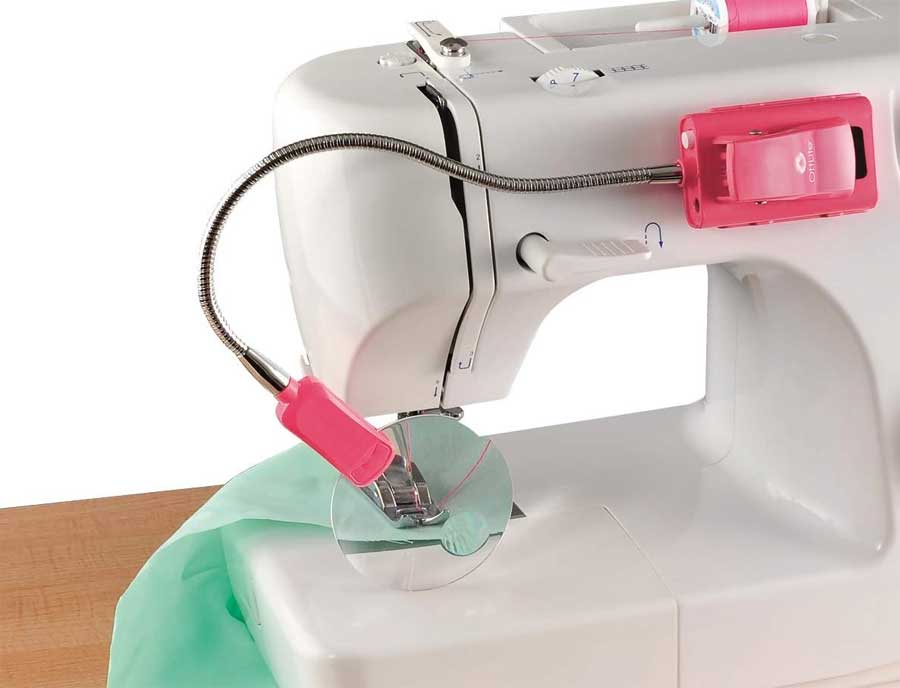
If you prefer not to use a threader, you can put a white card behind the eye of the needle for better visibility as you’re guiding the strand through the eye.
Lighting
Need a little extra light on your machine’s sewing surface? Check out a line of LED lights you can easily add for more lumens. Or invest in a task light for your sewing table—perhaps a clip-on to allow for moving it around easily to shed light where you need it.
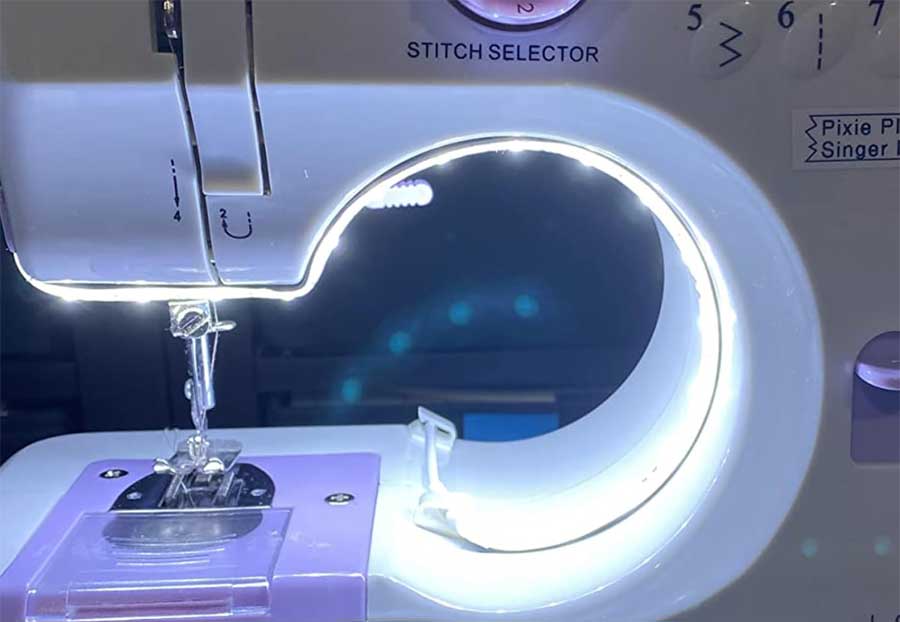
Measuring
Measuring can be tricky if things look a bit blurry, so look for a tape measure with darker markings or tactile markings that are slightly raised.
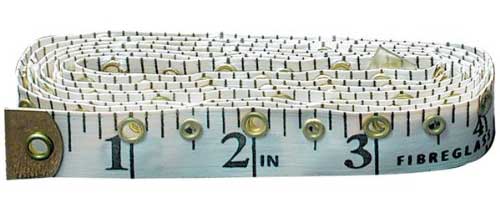
Needle Guard
Consider adding a needle guard onto the presser foot area if low vision is an issue, as it will keep you from stitching up your fingers as you guide the fabric.
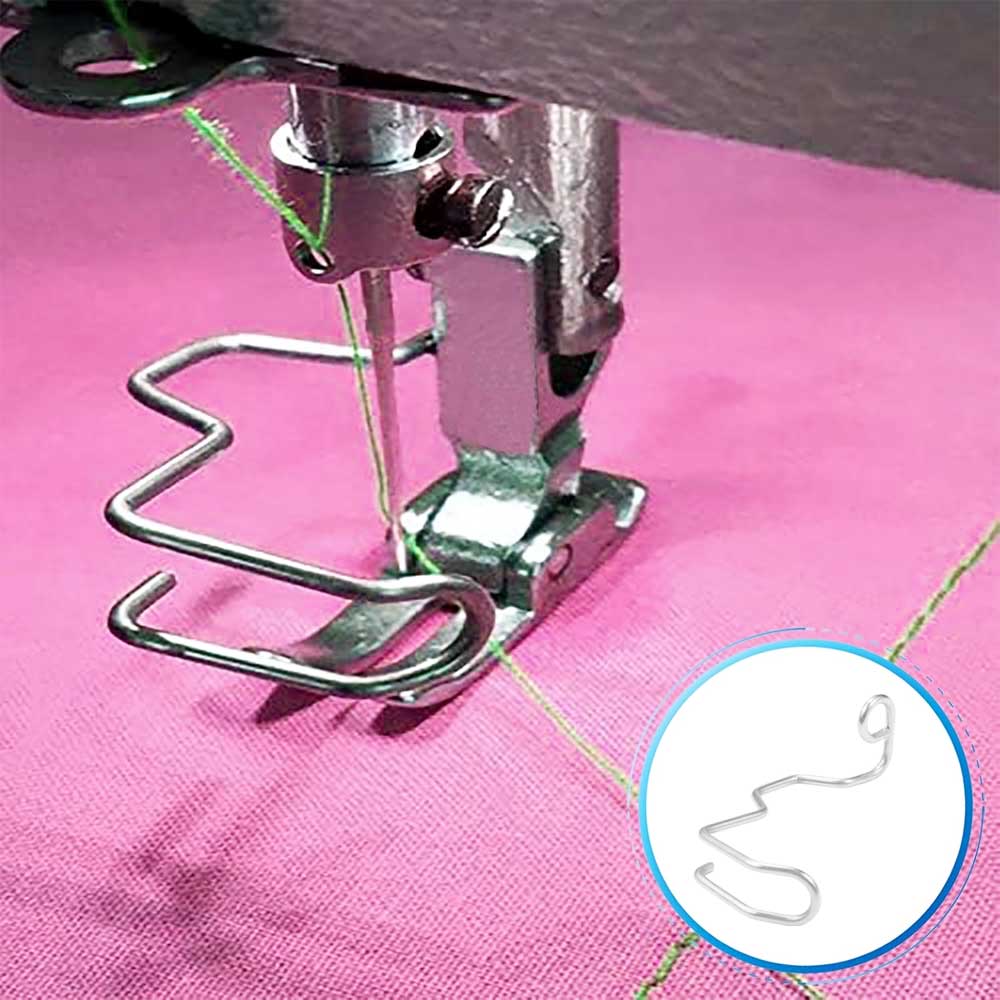
Seam Ripper
It’s inevitable that sometimes things don’t go as planned, so helpful to have a seam ripper nearby. Two available features for extra help include large handled rippers for better grip for anyone who has arthritis or joint issues, and you can get a seam ripper with a light and a magnifier attached for better visibility.
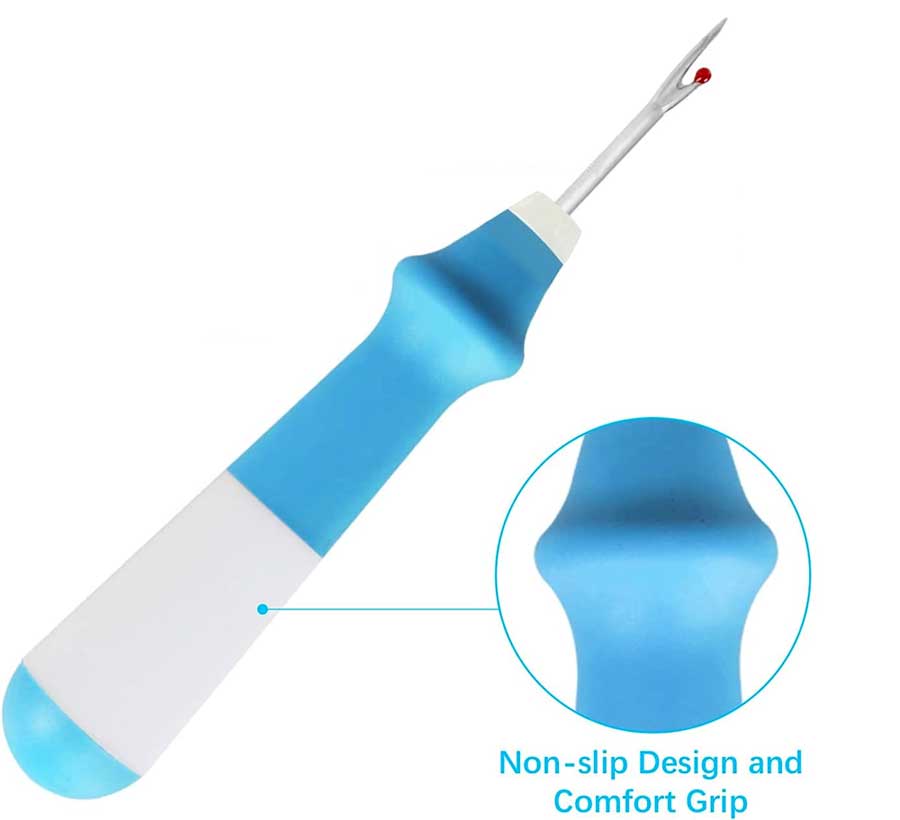
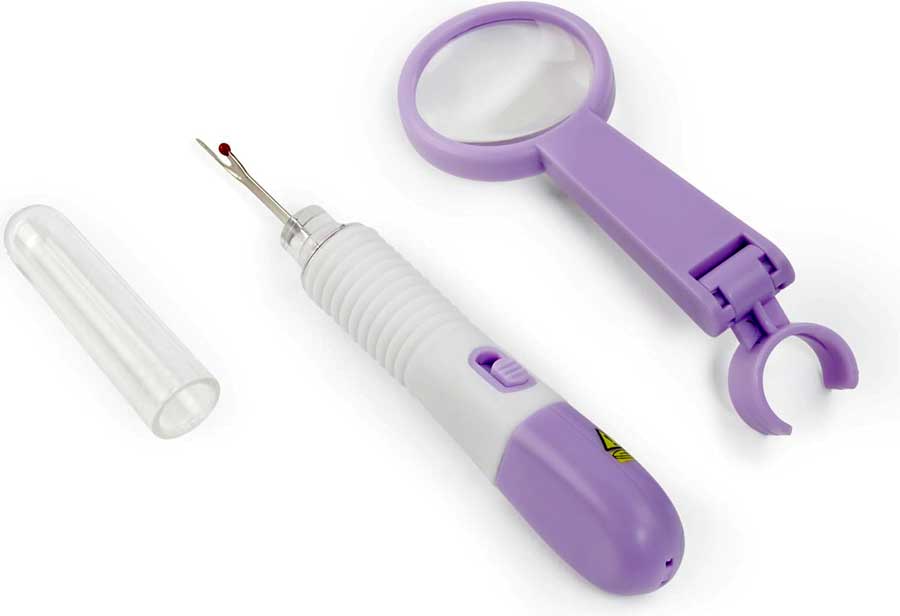
Cutting
Comfortable cutting can be an issue, so look for ergonomically designed tools that help take the strain off joints. Cushioned handled scissors and those with spring-loaded blades are ideal to make cutting easier as they don’t have small finger holes. Rotary cutters with special shaping can also help make cutting more comfortable.
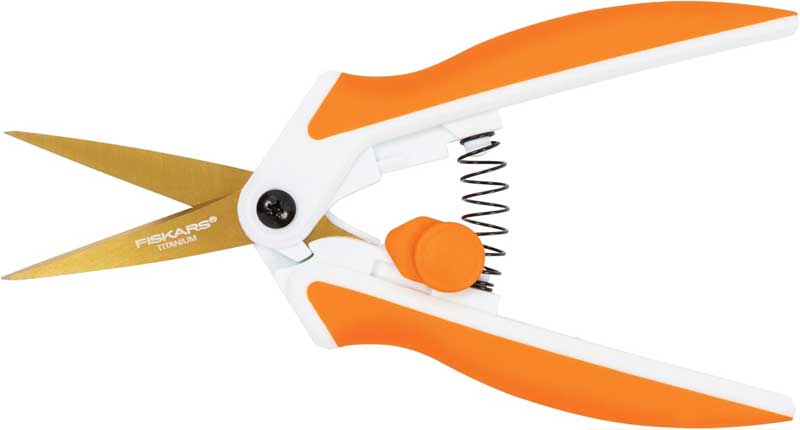
Pins
Choose sewing pins with large, easy-grip heads for better handling.
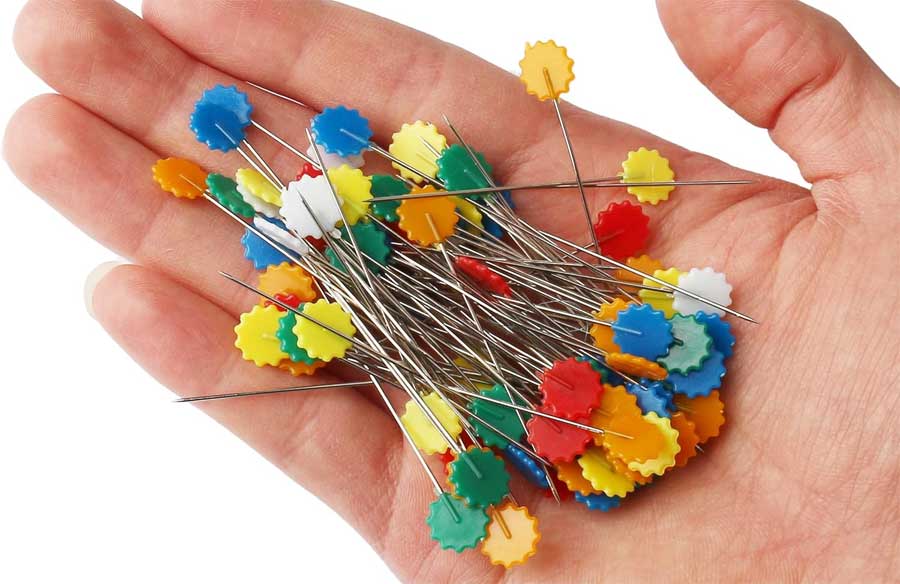
Final Thoughs
If memory is an issue, look for an iron that shuts itself off after a certain amount of time, just in case you forget to unplug it.
And, if tools sometimes seem to disappear, consider putting them around your neck—either individually or on a chatelaine, so you always know where to find them.
So, no matter what your sewing challenge is, there’s likely a solution to help resolve it.
~Linda Griepentrog is the owner of G Wiz Creative Services and she does writing, editing and designing for companies in the sewing, crafting and quilting industries. In addition, she escorts fabric shopping tours to Hong Kong. She lives at the Oregon Coast with her husband Keith, and three dogs, Yohnuh, Abby, and Lizzie. Contact her at .





